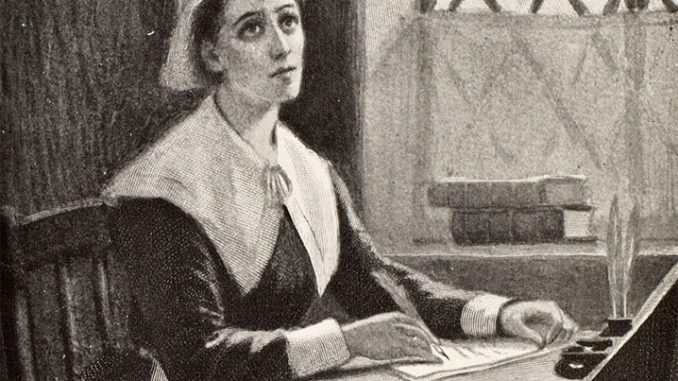
THE TENTH MUSE: THE LIFE OF AMERICA’S FIRST POET, ANNE BRADSTREET
Aboard the Arbella in 1630 — owned and operated by the Rev. John Winthrop — were perhaps the most consequential among the original inhabitants of Puritan New England approaching Massachusetts Bay area, where they would establish a colony.
To understand the poetry of The Tenth Muse, understanding the harsh travel and
then winters of the Massachusetts area and also the personality of the Puritan lifestyle in early America.
That colony, destined to become the cornerstone of American culture through religious liberty, saw its settlers over time pave with cobblestones the long and winding road down which a radical new experiment would journey. While this path was traveled by mostly enlightened godly people, there at times emerged the taint of political deceit that, on a number of occasions, nearly brought about the demise of Puritan New England.
The freedom to establish communities based on mutually cooperatives values and cultural identity — first at Plymouth in 1620, then again 10 years later at Massachusetts Bay — at times bore eerie similarities to the old persecution they had escaped under the new Stuart monarch James I’s reestablished Church of England.
By mid-century, the bloody ascent of another puritan commoner, “the kingslayer” Oliver Cromwell, as Lord Protector of England, Scotland and Ireland, forever linked the terms “puritan” with ethnic cleansing, even genocide, in the name of God. Yet no such atrocities ever occurred on any similar level in New England, including the Salem witch trials of 1692.
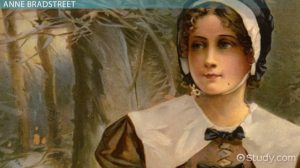
The most noteworthy early settlers, at least politically, was of course, Winthrop.
While aboard the Arbella with the New World in sight, he is best remembered for articulating his vision of the future settlement he declared to be as “a city on a hill”, a direct reference to Jesus Christ’s epic “Sermon on the Mount” equating America as the new Israel. Winthrop saw the new settlement as more than a mere new beginning — it was a bold new exceptional model and covenant with God, where “the eyes of the world” would look upon them for inspiration.
But beyond the austerity of the puritanical cultural exterior laid its dark side that, in citing the Bible for inspiration, would riddle the colony with figures in exile and the inquisitioned bodies having fallen prey to its rigid establishments. As devout Protestants of the Calvinist-based Congregational Church, neither Christmas nor Easter were celebrated, as they were labeled pagan holidays embodying the material excesses of the devil. Frequent dissent among the colonists at Massachusetts Bay led to no fewer than two major exiles over ecunumenical disputes and political intolerance.
In this environment, expression and debate was not readily accepted from women.
For that reason, women often hid their written works and kept their more intense discussions and debate for the company of other women only. Being outspoken was not well-received in this settlement. From this, the most notable outcasts, Anne Hutchinson, who founded Connecticut and was a good friend of Bradstreet’s; and Roger Williams, who founded Rhode Island.
Harsh winter weather, infertile rocky soils which at times made cultivating the land and accumulating bountiful harvests difficult, and constant threats of bloody raids by Indian tribes in surrounding woodland areas ultimately brought out the best in the settlers’ resolve where unity was most needed simply for survival.
Few beyond historical and literary circles recognize the Puritans’ contributions to the early colonial arts.
These artists, having honed their skills back in England, were of course inspired by the Bible and literary giants like William Shakespeare, Edmund Spenser, Sir Philip Sidney, Christopher Marlowe, Ben Jonson and Geoffrey Chaucer in both style and cultural themes.
But the greatest of early British America’s literary treasures was one remarkable, though reserved, woman named AnneBradstreet, who was perhaps America’s first true poet and unquestionably, the first female writer and Puritan literary figure in history. Renowned for her large volume of work, historical introspective and unique quality in lyrically depicting 17th Century Puritan life, Bradstreet’s most critically acclaimed works included a sequence of religious poems entitled Contemplations that were unfortunately never published until the mid-19th Century.
The Life of Anne Dudley Bradstreet
Born Anne Dudley in 1612 in her central English hometown of Northamptonshire, she married at age 16 Simon Bradstreet, a graduate of Cambridge University and local civic leader. Two years later, alongside her husband and parents, young Anne immigrated to America with Winthrop’s Puritan group, where they would settle at Ipswich, Massachusetts and together, raise eight children.
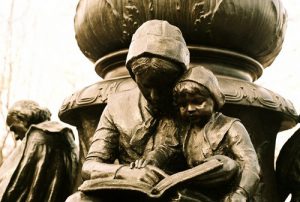
Thereafter, Anne quietly earned of the distinction as the one of the first poets to write in English verse in British America. While at her most prolific during this time, her brother-in-law collected a sizable number of her works without her knowledge and, upon arrival back in England in 1650, published them under the title, The Tenth Muse, Lately Sprung Up in America. The Tenth Muse was the lone collection of Bradstreet’s work published at any point during her lifetime. Six years following her death in 1672 in Andover, Massachusetts, the first American edition of The Tenth Muse was published beneath the expanded title Several Poems Compiled with Great Wit and Learning.
A product of the Elizabethan literary tradition while finding inspiration across the Channel in the French contemporary Guillaume du Bartas, Bradstreet’s poetry remains the most indispensably quintessential of all early colonial art, literary or otherwise, for her eloquent depictions of Puritan culture and society’s contributions to modern America.
Bradstreet’s published poetry in The Tenth Muse were often considered more imitative, while her private works, done mostly for herself, family and her well-educated friends are known to be far more original and personal. Her writing style was unique for her time, strikingly different from the poetry written by her male contemporaries.
Bradstreet’s early work, long panned as conventional, was seen as unremarkable due to its cliches and staid form.
Her critics, incapable of relating to Puritan culture during Bradstreet’s life, struggled understanding the portraits she painted not by brushing broad strokes across a canvas, but by dipping a quill into ink and putting it to paper. Consequently, her work long remained in the dustbin of obscure literature for being falsely labeled for contributing nothing to the artform save being a primary source for research.
Bradstreet’s legacy was finally rehabilitated upon receiving long overdue critical acclaim for her work during the 20th Century. Critics particularly acclaimed Bradstreet later works as less derivative and often deeply personal, thereby sufficiently impassioned to prompt the reader to empathize with her pain and triumphs.
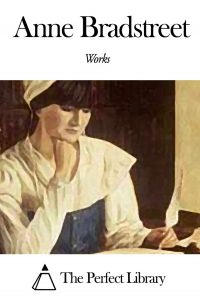
A Tribute…at long last
In 1956, John Berryman paid her the ultimate tribute with his epic poem, Homage to Mistress Bradstreet, in which he incorporated many phrases from her lyrics, among which, To My Loving Husband, may have been her personal favorite.
While Anne’s identity was once primarily linked to her prominent father and husband, who were both governors of Massachusetts, she came to be known as one of colonial America’s great poets. She is now known as the first woman to be recognized as an accomplished New World poet.
Bradstreet died on September 16, 1672 in Andover, Massachusetts at the age of 60 years old. Much of Bradstreet’s life is unknown, other than from her poems, which often focused on family.
Watch for The Founding Project website article featuring a few of the poems by Anne Bradstreet.

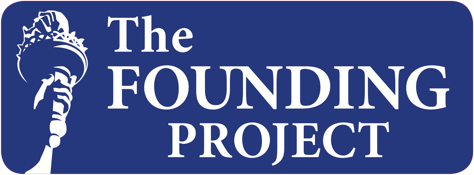
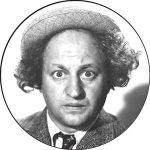
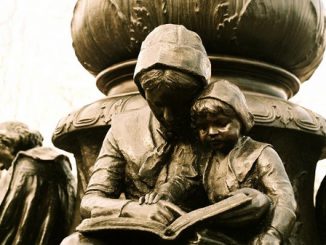
Leave a Reply